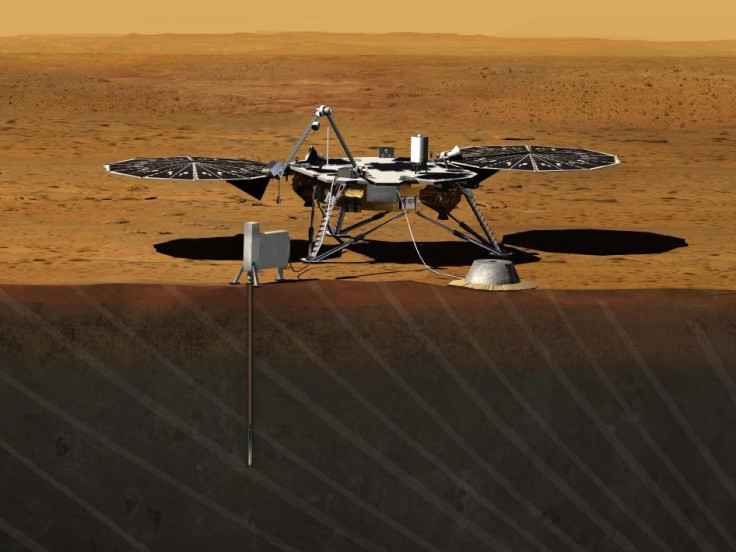Nasa to Launch Another Mission to Probe Interior of Mars [VIDEO]

Nasa is planning to launch another mission to probe the deep interiors of Mars. The new mission is aimed at finding out why the red planet evolved so differently from earth.
Named InSight, the mission will be launched in 2016. InSight will release some unique instruments on the Martian surface that will investigate whether the core of Mars is solid or liquid like earth's, and why Mars' crust is not divided into tectonic plates that drift like earth's. Data obtained from InSight will help scientists understand better how terrestrial planets form and evolve.
"The exploration of Mars is a top priority for Nasa, and the selection of InSight ensures we will continue to unlock the mysteries of the Red Planet and lay the groundwork for a future human mission there," said Charles Bolden, administrator at Nasa. "The recent successful landing of the Curiosity rover has galvanised public interest in space exploration and today's announcement makes clear there are more exciting Mars missions to come."
InSight will be led by W Bruce Banerdt at Nasa's Jet Propulsion Laboratory in Pasadena, California. InSight's science team includes US and international co-investigators from universities, industry and government agencies. The French space agency Centre National d'Etudes Spatiales, or CNES, and the German Aerospace Centre [GAC] are contributing instruments to InSight, which is scheduled to land on Mars in September 2016 to begin its two-year scientific mission, according to a Nasa report.
InSight will carry four instruments. Nasa's Jet Propulsion Laboratory in Pasadena will provide an onboard geodetic instrument to study the planet's rotation axis and a robotic arm and two cameras to deploy and monitor instruments on the Martian surface. CNES is leading an international consortium to build an instrument to measure seismic waves travelling through the planet's interior. The GAC is building a subsurface heat probe to measure the flow of heat from the interior.
Excluding the launch vehicle and related services, the mission will cost more than $425 million.
"Our Discovery Program enables scientists to use innovative approaches to answering fundamental questions about our solar system in the lowest cost mission category," said John Grunsfeld, associate administrator for the Science Mission Directorate at Nasa headquarters. "InSight will get to the 'core' of the nature of the interior and structure of Mars, well below the observations we've been able to make from orbit or the surface."
Watch the video
© Copyright IBTimes 2024. All rights reserved.





